In a world where beauty is often measured by flawless skin and a youthful appearance, women frequently feel pressure to maintain a certain look. While it’s common knowledge that beauty products and skincare routines are part of the equation, few realize the lengths many women go to cover up aspects of themselves that don’t fit society’s standards. Here are five things women often feel compelled to hide — and why it’s time to rethink these unrealistic standards.
1. Body Hair: A Natural Feature, Yet Constantly Hidden
Body hair is something everyone has, but for women, society often places expectations on them to remain hair-free. Women are often made to feel that visible hair on arms, legs, or other areas contradicts traditional beauty standards. To comply, women frequently opt for shaving, waxing, or wearing clothes that conceal areas like underarms and legs. While removing body hair is a choice many women make, it’s crucial to remember that it’s a natural part of the body. Normalizing visible body hair would help relieve some of the pressure women face.
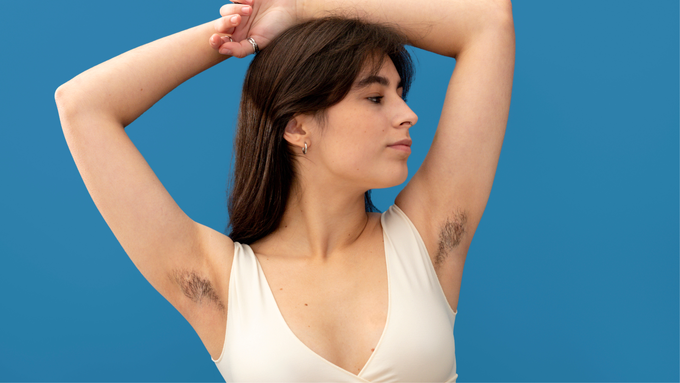
2. Facial Hair: Dealing with Unwanted Attention and Unkind Remarks
Facial hair, including the light fuzz on upper lips or cheeks, is another natural feature that many women feel pressured to hide. The presence of facial hair often leads to unnecessary judgment, with friends or even strangers noticing and commenting. As a result, women turn to threading, waxing, or other facial hair removal methods to achieve a smooth, “acceptable” appearance. Society’s demand for hair-free faces places an unrealistic expectation on women, when in reality, facial hair is a normal aspect of human physiology.
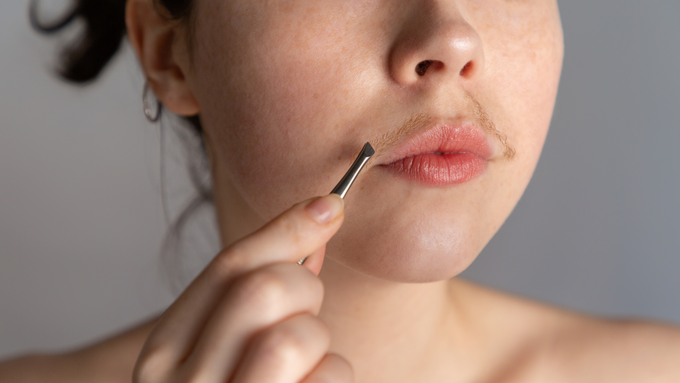
3. Facial Marks and Dark Circles: The Burden of “Perfect” Skin
Blemishes, acne scars, and dark circles are common, yet many women feel obliged to cover them up to avoid criticism or unwelcome comments. Skin imperfections are often seen as “flaws,” prompting women to rely on concealers, foundations, and other makeup products to create an even complexion. Rather than viewing blemishes as part of the skin’s natural journey, society often pressures women to “correct” these features, which only adds to the stress of daily beauty routines.
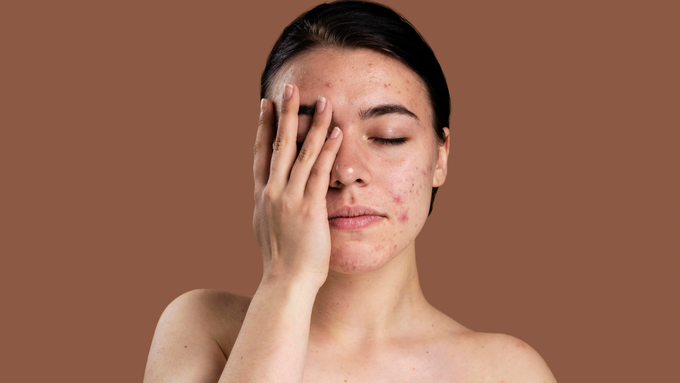
4. Acne and Pimples: When Clear Skin Becomes the Standard of Beauty
Acne is a common skin condition that affects people of all ages, yet society’s beauty ideals often equate clear skin with attractiveness. Many women feel self-conscious about their acne and spend significant time and money on skincare products, makeup, or even dermatological treatments to conceal or treat it. However, acne is a natural and temporary part of life for most people. Embracing it instead of hiding it could reduce the pressure on women to appear “flawless” every day.
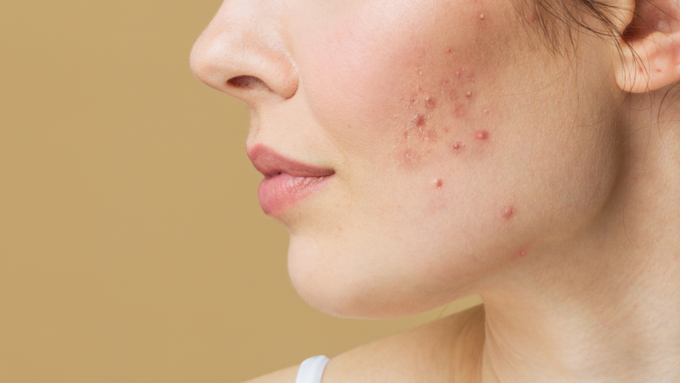
5. Signs of Aging: Wrinkles and Fine Lines are Part of Life
As women grow older, fine lines and wrinkles become visible, yet societal beauty norms dictate that they should maintain a youthful look. To avoid comments about “aging,” women often invest in anti-aging products, skincare treatments, or even procedures to reduce visible signs of age. Rather than viewing these signs as a testament to life’s experiences, society’s standards often make women feel that aging is something to “correct.” Accepting aging as a natural process could foster a healthier, more authentic view of beauty.
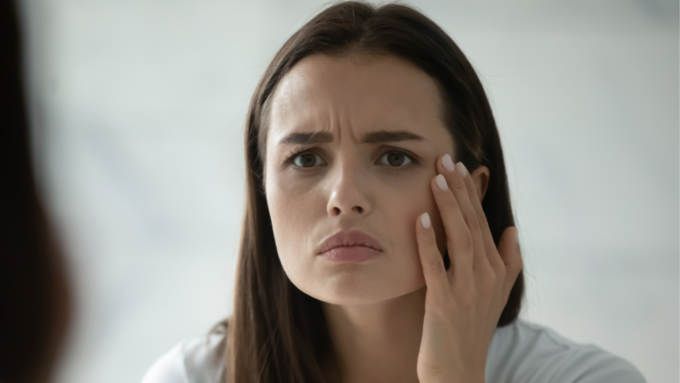
Embracing Real Beauty: Why It’s Time to Let Go of Unrealistic Expectations
Today, the conversation around beauty is shifting, with more women embracing their natural looks and openly discussing issues like body hair, acne, and signs of aging. While these changes are a step in the right direction, there’s still a long way to go. Women must understand that they are beautiful as they are and don’t need to conform to others’ expectations. By normalizing the natural features that have long been hidden, society can create a more inclusive, understanding, and diverse definition of beauty.
It’s time to appreciate our unique qualities and encourage others to do the same. Embracing real beauty begins with self-acceptance, and this change will pave the way for a healthier beauty culture, free from unrealistic standards.


